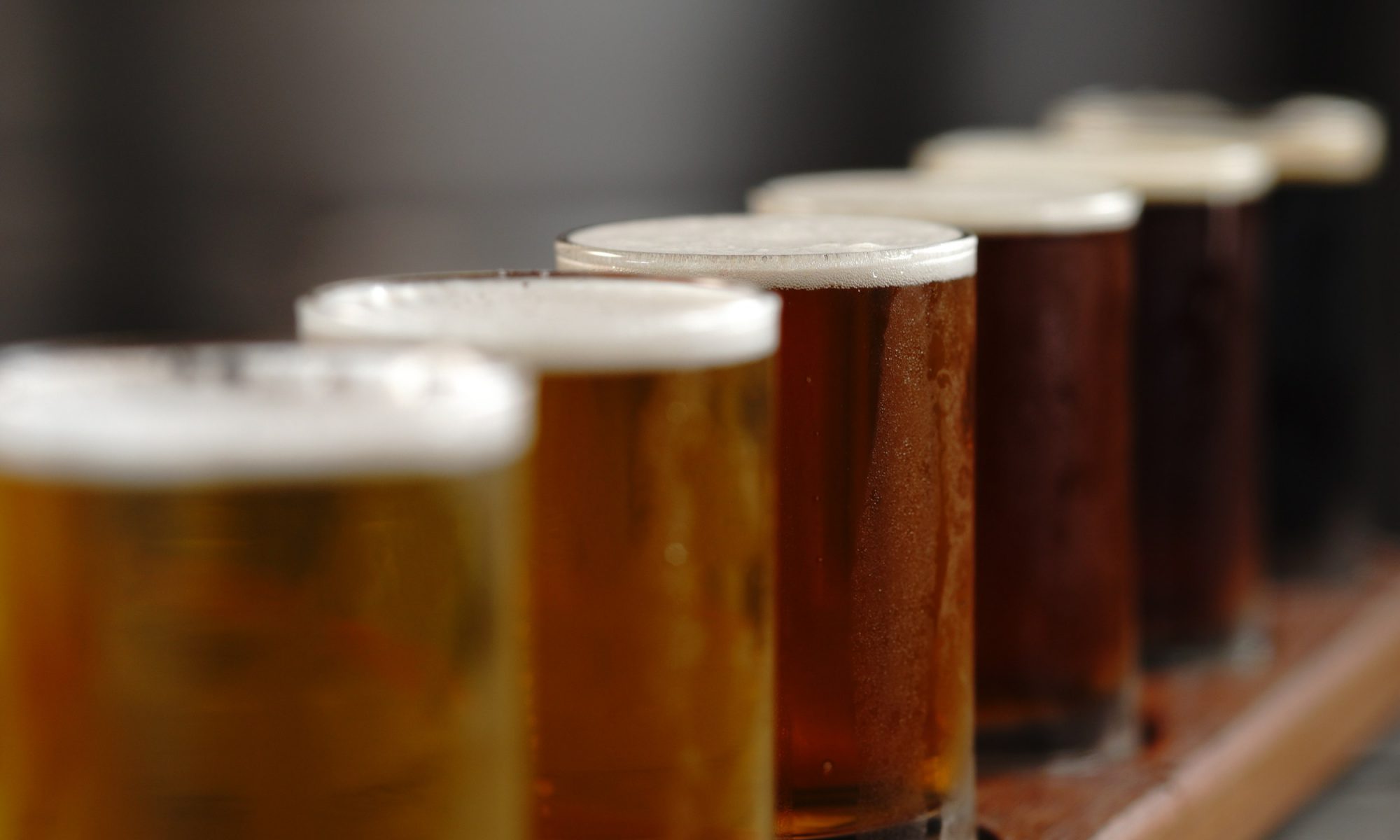We’ve suffered from under primed beer in the past and I’ve been trying to figure out why. I think that the problem is the head space in the barrels. Priming bottles seems to be quite reliable but we prefer to prime our barrels and let the carbonation happen in bulk. Regularly we finish up with under carbonated beers. Eventually they might carbonate in the bottle but it can take a while.
Anyway, I started thinking about the head space in the barrels. They’re designed for 20L brewers but have an extra head space of about 5L. Sometimes we only do 10L brewers but use the same barrels.
So, the way that carbonation works is down to some basic thermodynamic physics. If we consider forced carbonation for a moment: CO2 is pumped into a keg. Over time the CO2 ‘dissolves’ into the beer and when it’s dispensed it’s carbonated.
An equilibrium forms between the CO2 in gas form and the CO2 in the beer. That equilibrium depends on a few things: the pressure of the gas, the temperature of the system and the properties of the gas. CO2 happens to be very soluble (compared to N2, O2 and other common gases). It’s about 50 times more soluble at room temperature than N2.
Henry’s Law gives the relationship between the concentration in the liquid, the gas pressure and the solubility. Contentration = Solubility x Pressure. Basically the higher the pressure, the higher the concentration. No shock there.
Aside: The solubility for a gas is called Henry’s Constant but it’s only constant for a gas at one temperature. van ‘t Hoff’s equation allows us to calculate the Constant for any particular temperature. At room temperature it’s 29, at 3C it’s 52, for CO2. So CO2 is more soluble the colder it gets.
So, this is why we can calculate the CO2 pressure required to successfully carbonate a beer using a gas cylinder – we just turn the value until there’s 30psi (or whatever) in the Corny keg, easy. That’s just basic physics.
The chemistry comes in when you ‘re using priming sugar. As we all know yeast turns sugar into alcohol and CO2. And we know how much CO2 is produced from a particular amount of sugar. So this should be easy…
This is where the head space comes in. You might know the volume of CO2 produced but unless that translates into the right head pressure then the beer won’t carbonate properly. Boyle’s Law states that, at a fixed temperature, Pressure is inversely proportional to Volume. Thus a larger volume of head space means a lower pressure for the same amount of gas.
Aside: Equally Gay-Lussac’s Law tells us that the pressure will drop as the temperature drops.
Aside: During the brewing process the beer will be saturated with CO2 (atmospheric pressure will play its part).
What does this mean then? Firstly, that it’s easier to reliably carbonate with a cylinder than with priming sugar. Secondly, if we’re going to use priming sugar then we need to do some more calculations.
If we want to calculate the right amount of priming sugar then we’re going to need to know a few things: 1) Temperature at which the beer was fermentated (to calculate the amount of CO2 in the beer at atmospheric pressure; 2) volume of the head space; 3) required carbonation level.
From these we should be able to work out the required pressure of CO2 in the head space at the storage temperature, then work out how much CO2 is required to pressurize the head space to that level.
Simple right? We’ll see. I’ve not tried it yet.
Oh, and just to note that this doesn’t take into account two things: 1) Dalton’s Law – there will be other gases in the head space – hopefully no O2 but there will be ethanol fumes and water vapour; 2) Le Chatelier’s Principle – CO2 in solution reacts with the water to form other compounds and reaches an equilibrium based on the concentration.
Not sure how much difference 1) makes as Dalton’s Law says that the partial pressures are independent. As for 2), it means that some of the CO2 will disappear as other compounds, again, not sure what impact this has.
